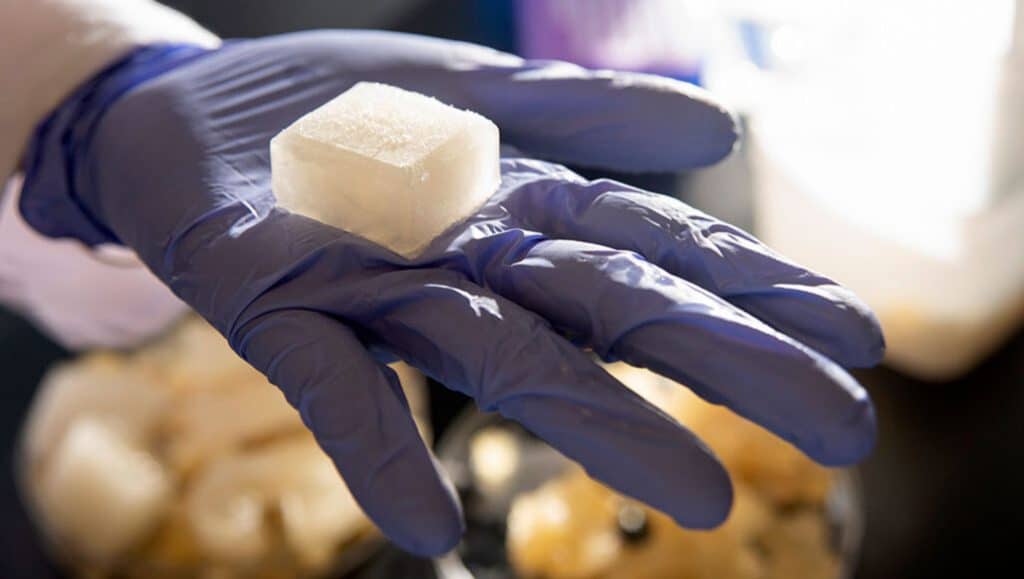Thanks to a antifreeze and to a ultra-low temperature microscopea group of researchers of the Japanese Kobe University has observed for the first time the thin boundary between ice and liquid water. This achievement was published in the Journal of Chemical Physics.
The innovative method
There transition Between water and ice it happens so quickly that it is Always It was difficult to directly observe the interface between the two states. The solution came with the idea of immersing ice in antifreeze at a temperature below zero. In this way, the ice does not melt and the interface with the liquid remains stable, allowing for precise measurements.
“We had to cool the entire microscope,” he explains. Onishi Hiroshiwho led the study. “It took some ingenuity to ensure that it could operate stably at such low temperatures.”
The boundary between ice and water: the discoveries
The data obtained revealed that, while ice without liquid forms frozen pillars about 20 nanometers high, the ice boundary in antifreeze is perfectly smooth and harder than previously thought. Furthermore, by using different liquids, the researchers observed that the ice surface takes on different shapes, despite the similar properties of the liquids used.

This discovery is fundamental to better understand natural phenomena such as the formation of snowflakes.
What do you think about this discovery? Do you think it could have other practical applications? Share your opinion in the comments!
#Boundary #ice #water #observed #time
